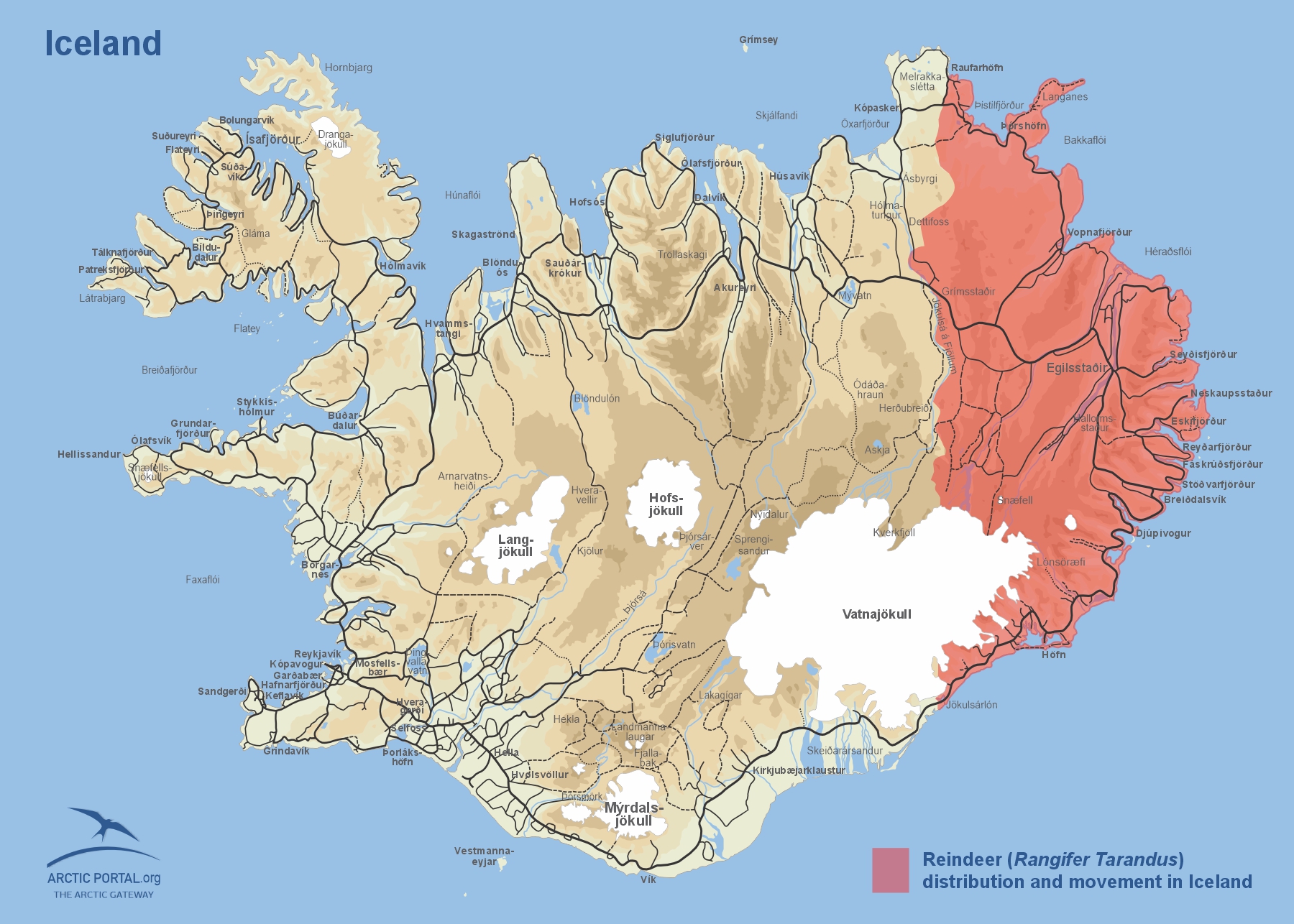In Iceland, the reindeer hunting quota for this year has been set at 800, a decrease from previous years, with a significant drop since 2019 when issued hunting licenses were for about 1450 animals. This year's increase in hunting license prices has not deterred the growing interest in hunting, with approximately 270 more applications compared to last year, in total applications for this year were for 3200 licenses.
The East Iceland Nature Research Centre, responsible for monitoring reindeer populations and proposing quotas, faces challenges in accurately assessing population size due to changing conditions and distribution patterns. The lack of precise counts in recent years has raised uncertainty about population estimates.
Tragically, last year's counting efforts were hampered by a plane crash that claimed the lives of three specialists, further complicating population monitoring. Despite concerns from hunting guides about declining reindeer sightings in certain areas, there is no conclusive evidence of a significant population decrease.
The reindeer in Iceland are not domesticated, roaming wild in the east of the country (see map). The winter stock post-hunt is roughly estimated at 4,000 animals, although considerable uncertainty remains. The objective of the hunt is to maintain population control to prevent damage to vegetation and other ecological impacts.
Efforts are underway to conduct a comprehensive population count this March, involving collaboration with reindeer guides. However, inclement weather delays the start of monitoring, highlighting the need for coordinated efforts in assessing and managing reindeer populations effectively.
Source: RUV
About Reindeers in Iceland
Reindeer (Rangifer Tarandus) are unique among deer species as both males and females grow antlers. Well-adapted to cold climates, they inhabit various regions of the northern hemisphere including Russia, North America, Scandinavia, and Iceland.
Introduced to Iceland in the 18th century for agricultural experimentation, initial attempts faced challenges due to harsh conditions, leading to a near-extinction by 1939. However, subsequent efforts led to the resurgence of the reindeer population, primarily concentrated in the eastern part of the country.
During summer, Icelandic reindeer inhabit higher elevations, particularly around Mount Snæfell in the east. In winter, they migrate to lower altitudes in search of food, often seen around towns like Vopnafjörður and the Jökulsárlón Glacier Lagoon.
Adapted to their environment, adult males average around 90 kilograms, while females weigh approximately 40 kilograms. Their fur, primarily gray with a white underbelly, provides insulation, enabling them to regulate body temperature even in extreme cold, down to -40°C.
Reindeer are primarily herbivores, with lichen being a favored food source. Despite concerns about overgrazing, they have less impact on pastures compared to sheep. In Iceland, hunting reindeer is permitted under strict quotas managed by the Environment Agency, allocated annually to both local and international hunters.
Protected under Icelandic law, except for specific species like mink, mice, and rats, reindeer enjoy heightened conservation measures. Hunting management and license issuance are overseen by the Environment Agency to ensure sustainable population management.
Related news:
Sustainable Development of Reindeer Husbandry in the Context of Global Changes in the Arctic
As the Arctic warms, reindeer herders face encroachment from new industries
Reindeer Herders supported by UNEP & the World Bank/GEF
New book on Reindeer Husbandry
The tags below provide an opportunity to view previously posted related news within the selected category

